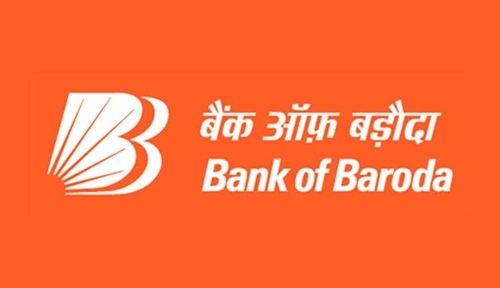Bank of Baroda (BOB) is one of India’s largest public sector banks, with a long history dating back to its founding in 1908. As a multinational bank, BOB offers a wide range of banking and financial services, including retail and corporate banking, loans, and investment products. In 2024, BOB continues to play a significant role in India’s financial landscape, with a broad customer base and extensive network. This SWOT analysis will provide an in-depth look at the strengths, weaknesses, opportunities, and threats facing Bank of Baroda in 2024.
Current Overview of Bank of Baroda
Bank of Baroda stands as a key player in the Indian banking sector, operating across 18 countries and serving approximately 131 million customers. The bank’s total assets are around ₹11.55 trillion, making it the second-largest public sector bank in India, after the State Bank of India. The merger with Vijaya Bank and Dena Bank in 2019 has strengthened its position in the market, helping it expand its customer base and improve its competitiveness.

Strengths
1. Extensive Network and Customer Base: BOB has a vast network of branches and ATMs across India, providing it with a strong presence in both urban and rural areas. This extensive reach has allowed the bank to serve a large and diverse customer base.
2. Strong Product Portfolio: The bank offers a wide range of services, including retail banking, corporate banking, insurance, investment products, and digital banking solutions. This diverse portfolio helps BOB cater to various customer needs and enhances its revenue streams.
3. Stable Financial Position: BOB’s financial health is robust, with a strong capital adequacy ratio and growing net interest margins. The bank’s ability to maintain liquidity and capital levels above regulatory requirements strengthens its stability in the face of economic fluctuations.
4. Government Backing: As a state-owned bank, BOB benefits from government support, which provides it with a competitive edge in terms of access to funds and market confidence.
Weaknesses
1. Geographic Concentration: Despite its international presence, BOB is heavily reliant on the Indian market. This over-reliance on a single market exposes the bank to risks associated with domestic economic downturns or regulatory changes.
2. Customer Service Challenges: BOB has faced criticism for its customer service, with issues such as slow response times, technical glitches, and inadequate problem resolution. Poor customer service can erode customer trust and loyalty, leading to potential losses in market share.
3. Past Technical Glitches: The bank has experienced technical issues in the past, such as the 2017 incident where customers’ accounts were wrongly debited due to a system upgrade. Such incidents can damage the bank’s reputation and undermine customer confidence.
Opportunities
1. Digital Transformation: The rapid adoption of digital banking in India presents a significant opportunity for BOB to expand its digital offerings and improve customer experiences. By enhancing its digital platforms, the bank can attract younger customers and compete more effectively with private banks and fintech companies.
2. Market Expansion: BOB can further expand its operations both within India and internationally. Opening new branches, acquiring smaller banks, or forming strategic partnerships can help the bank increase its market share and diversify its revenue sources.
3. Growth in Financial Inclusion: With the Indian government’s focus on financial inclusion, BOB has the opportunity to tap into underserved markets, particularly in rural areas. By offering tailored products and services, the bank can reach new customers and strengthen its presence in these regions.
4. Corporate Social Responsibility (CSR): BOB’s strong track record in CSR activities, such as youth skill development and women’s empowerment, provides an opportunity to enhance its public image and build stronger community relationships.
Threats
1. Intense Competition: BOB faces stiff competition from other public sector banks, private banks, and emerging fintech companies. Competitors like State Bank of India, ICICI Bank, and HDFC Bank are constantly innovating and improving their services, which poses a threat to BOB’s market share.
2. Cybersecurity Risks: As the bank increasingly relies on digital platforms, it is vulnerable to cyber threats such as online identity theft and hacking. A significant breach could lead to financial losses and reputational damage.
3. Regulatory Challenges: The banking sector is highly regulated, and any changes in regulations, such as stricter compliance requirements or changes in interest rate policies, could impact BOB’s operations and profitability.
4. Economic Slowdown: A slowdown in the Indian economy or global economic uncertainties could adversely affect the bank’s loan portfolio and asset quality, leading to higher non-performing assets (NPAs) and reduced profitability.
Conclusion
Bank of Baroda in 2024 is a robust institution with a strong foundation, extensive network, and government backing. However, the bank faces significant challenges, including intense competition, cybersecurity threats, and the need to improve customer service. By capitalizing on opportunities in digital transformation and market expansion, BOB can strengthen its position in the Indian banking sector. Addressing its weaknesses and mitigating potential threats will be crucial for the bank’s sustained growth and success in the coming years.


